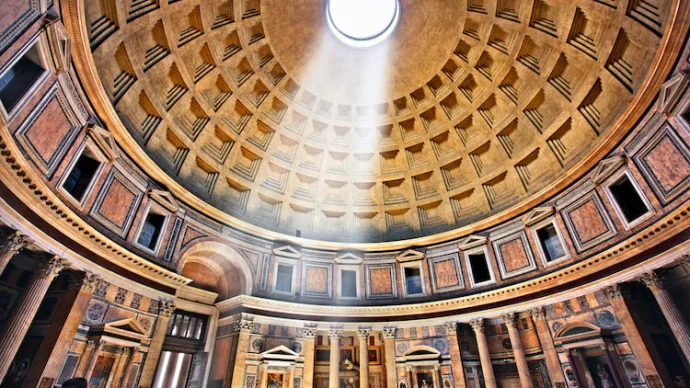
About Djemila
Djemila in Algeria is an archaeological site housing the ruins of a UNESCO-inscribed Ancient Roman settlement. Founded under the name Cuicil, it is thought that Djemila was first established between 96 and 98 AD under the Emperor Nerva and was occupied until the fifth or sixth century.
History of Djemila
Djemila is a small mountain village in Algeria, near the northern coast east of Algiers, where some of the best-preserved Roman ruins in Africa are found.
Constructed 900m above sea level amidst mountainous terrain, Djemila was built to fit in with its surroundings and, as it expanded in the second century, amassed an impressive set of buildings. Like Timgad, Djemila was probably the home of a Roman military garrison, being set amongst rugged terrain and at the confluence of two rivers.
The city was first populated by a colony of Roman soldiers from Italy, eventually becoming a large trading market. Around the beginning of the 3rd century, it expanded beyond its ramparts with the creation of the Septimius Severus Temple, the Arch of Caracalla, the market, and the civil basilica.
The site also bears marks of Christianity, with several cult buildings such as a cathedral, a church and its baptistry being some of the biggest of the Paleochristian period. Indeed, Christianity became very popular in the city in the 4th century.
The city was slowly abandoned after the fall of the Roman Empire in the 5th and 6th centuries. The area was later dominated by Muslims, who did not reoccupy the site, but rather named it Djemila (beautiful in Arabic.)
Djemila Today
Today, Djemila houses a wealth of Ancient Roman ruins such as those of the Arch of Caracalla, a well-preserved bath complex, temples such as the Temple of Venus Genitrix and the theatre built by Emperor Antoninus Pius.
The site also contains a significant and impressive collection of mosaic paving stones which illustrate mythological tales and scenes of daily life.
Djemila has been a UNESCO World Heritage site since 1982.
Getting to Djemila
It is recommended that you visit the site with a guide. From the centre of Algiers, the site is reachable in around 3 hours 45 minutes via the A1 road.
Featured In

Roman Temples
Discover incredible Roman temples you can still visit today, from Baalbek to the Pantheon and more, includes an interactive map of surviving temples from ancient rome.




















